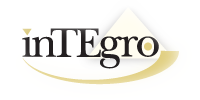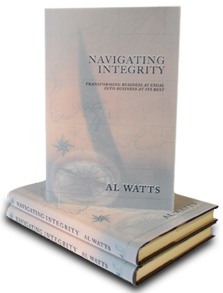Do you remember being warned as a kid about “hanging out with the wrong crowd,” and that if you did you were likely to get into trouble? That was pretty good advice, and it still holds true. These days I think of that when “bad things happen to good companies” mainly because of the “crowd,” or industry that they’re part of.
When news broke of the high student loan default rates at for-profit colleges and universities, the whole industry got a black eye. I was reminded of a Tom Peters tweet: that “You are totally a reflection of who you hang out with;” unfortunately that’s true, deservedly or not. The average 3-year student loan default rate at for-profit colleges is 25% – twice the rate for public colleges and three times the private non-profit rate. Some for-profit colleges posted significantly higher loan default rates, however (one posted 43%,) while others have considerably lower ones. (Capella University’s, based in the Twin Cities, is approximately 7%.).
The reality is that unscrupulous players in a particular industry often sully reputations of the rest – guilt by association. Not all banks engaged in the nonsense that fed our economic crisis, but their reputations took a hit anyway, along with their stock price. A few not-for-profit hospitals that really operate as any other for-profit business cause them all to come under suspicion. A few years ago not all insurance companies engaged in the shameful selling of worthless annuities to the elderly, but all were lumped together for purposes of the regulations that followed.
What’s a good company to do? As Stephen Covey reminded us, we need to “keep the main thing the main thing.” In the case of colleges and universities, that’s demonstrating learning outcomes, and preparing learners for next steps of their career. When it becomes just about the money or stock price, educational institutions – for-profit or not – fall victim to confusing a scorecard for the game. Measures of learning outcomes and accomplishment of learner goals need to be the focus of attention, along with the degree that stated values are modeled and reinforced.
Organizations that do that and demonstrate integrity are justified in arguing against burdensome regulations and oversight for all, just like it wouldn’t be right to punish all drivers on the same roadway for the infractions of a few. They should also exert positive influence within their profession or industry, for example articulating and enforcing industry or professional standards. After all, while there are always cases when good citizens get corrupted by the wrong crowd, there are times when it happens the other way around.
Organizations that excel at “keeping the main thing the main thing” and demonstrating that kind of integrity also need to make that a point of differentiation and leverage it for competitive advantage. Student loan default rates are on our radar screens now, just as physician outcomes, manufacturer “ethiscores” and charity efficiency ratings have become more transparent. Customers and workers are becoming increasingly better-informed about which institutions live up to their hype or promise, and are demonstrating clear preferences for those that do.
Is your industry or profession one where there is potential for “guilt by association?
Is your organization “keeping the main thing the main thing” and measuring what matters most? What else are you doing to differentiate yourself or rise above potential issues in your industry?
“The essence of an organization lies in what it believes, what it stands for, and what it values. An organization’s works, rather than its words, are the telling assessment of its beliefs.”
John Carver






